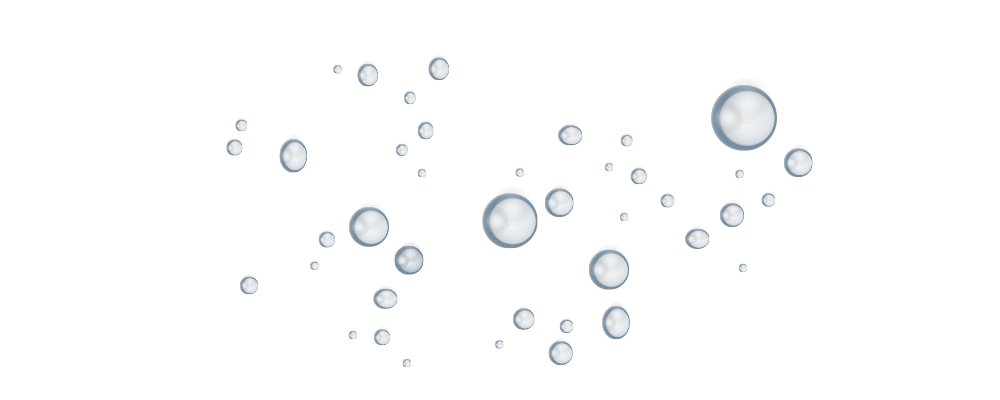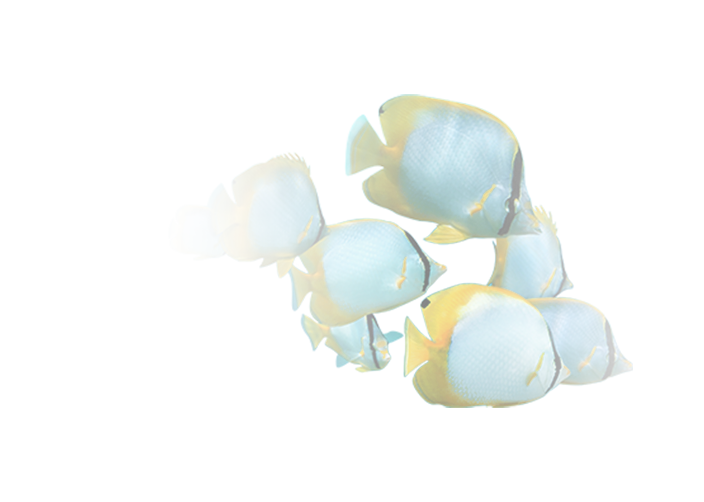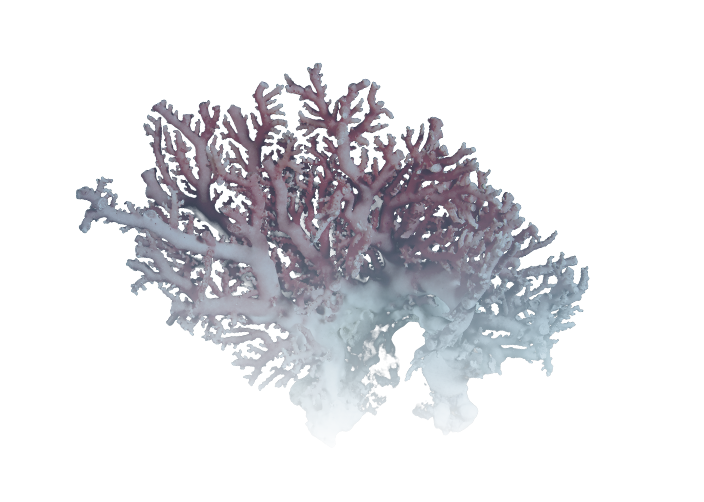EcoSun Pass
Environmental Evaluation of Sunscreen Products
Based on a sense of environmental responsibility, scientific discipline and sensitivity to consumer wishes, BASF is introducing a methodology to assess the environmental impact of sunscreen formulations.
Consumers are increasingly aware of the impact sunscreens can have on ecosystems, with an emphasis on the wellbeing of coral reefs and they are also willing to consider and adapt their own consumption. In response, some brands have begun labelling their sun-care products according to the biodegradability of specific ingredients.
"This approach is incomplete and even misleading: when sunscreen users swim in the sea, the product comes in contact with the marine life."
Research and different studies looking at the impact of sun care products on coral damage are still in their infancy.
The entire personal care industry is being asked for help to find solutions. Which ingredients are harmful? What is the impact on the environment when all the ingredients are put together to make a formulation?
That‘s why we launched the BASF EcoSun Pass. Our customers can test their products including all relevant environmental aspects such as water, sediment and soil.

EcoSun Pass — Video
Based on a sense of environmental responsibility, scientific discipline and sensitivity to consumer wishes, BASF is introducing a methodology to assess the environmental impact of sunscreen formulations.

Clear, transparent, comprehensive
Up to now, no scientifically sound and transparent system has been available to rank and potentially improve the impact of a given formulation. As the worldwide market leader in sun-care ingredients, BASF has taken up the challenge and begun developing a matrix of scientific criteria to measure the environmental impact.
To underscore our credibility, our environmental impact assessment system functions entirely independently of our product portfolio – UV filters of a given formulation are assessed neutrally and transparently. Possible improvements may or may not involve BASF ingredients.
In an extensive test system, we evaluate formulations according to 8 relevant criteria:
![]()
Acute aquatic toxicity
The intrinsic property of a substance to cause damage to an aquatic organism due to short-term exposure.


![]()
Chronic aquatic toxicity
The intrinsic property of a substance to cause damage to an aquatic organism due to long-term exposure.
![]()
LogPow
The logarithm of the partitioning coefficient between a defined octanol-water mixture. Solvent toxicity correlates inversely with this value. (logPow is part of the bioaccumulation assessment)


![]()
Biodegradation
The disintegration of materials by microorganisms such as bacteria, fungi, or other biological means.
![]()
Bioaccumulation
The accumulation of substances in an organism due to absorption at a rate faster than that at which the substance is lost by catabolism and excretion.


![]()
Endocrine suspicion
Indications that a substance may disrupt hormone system of organisms.
![]()
Terrestrial toxicity
The effects of a substance on terrestrial flora and fauna.

![]()
Sediment toxicity
The damage caused by a substance on sediment-dwelling organisms.

